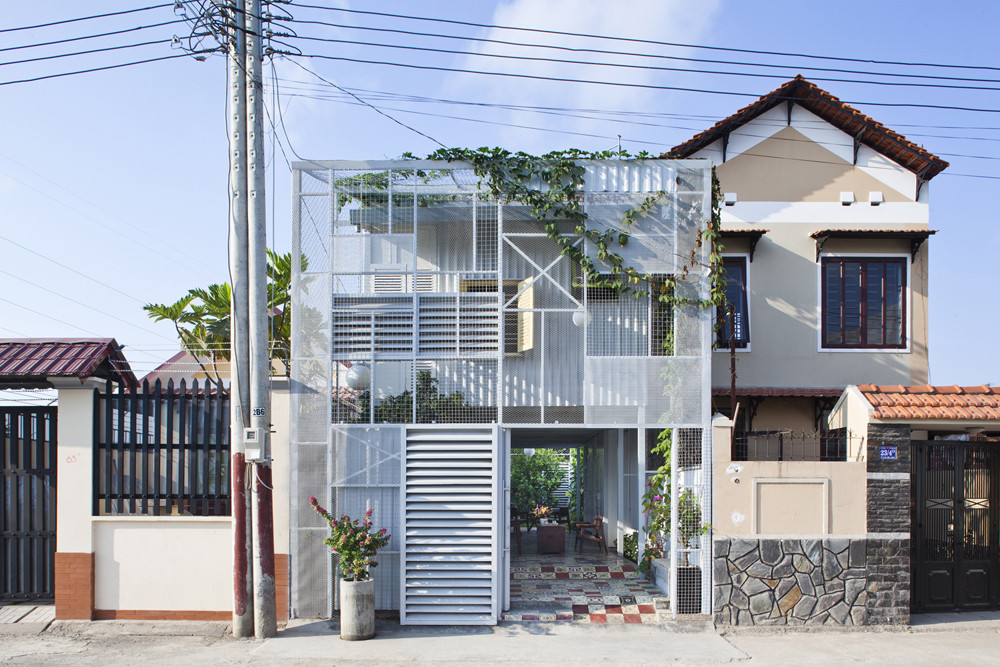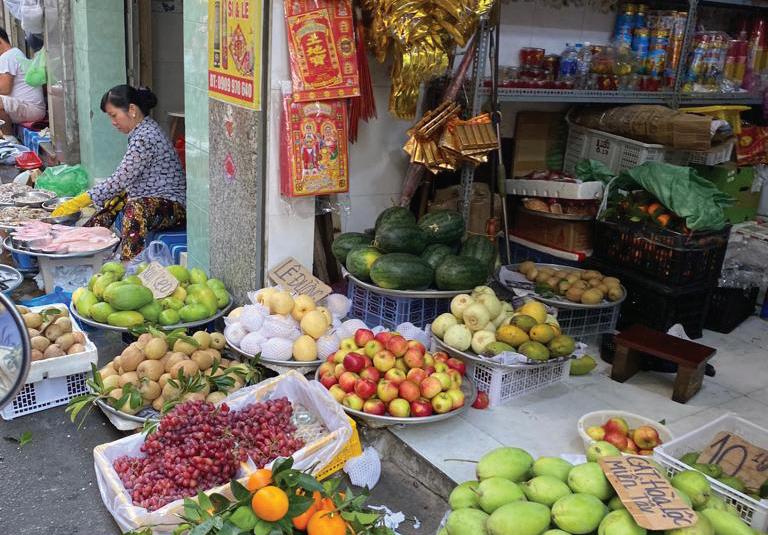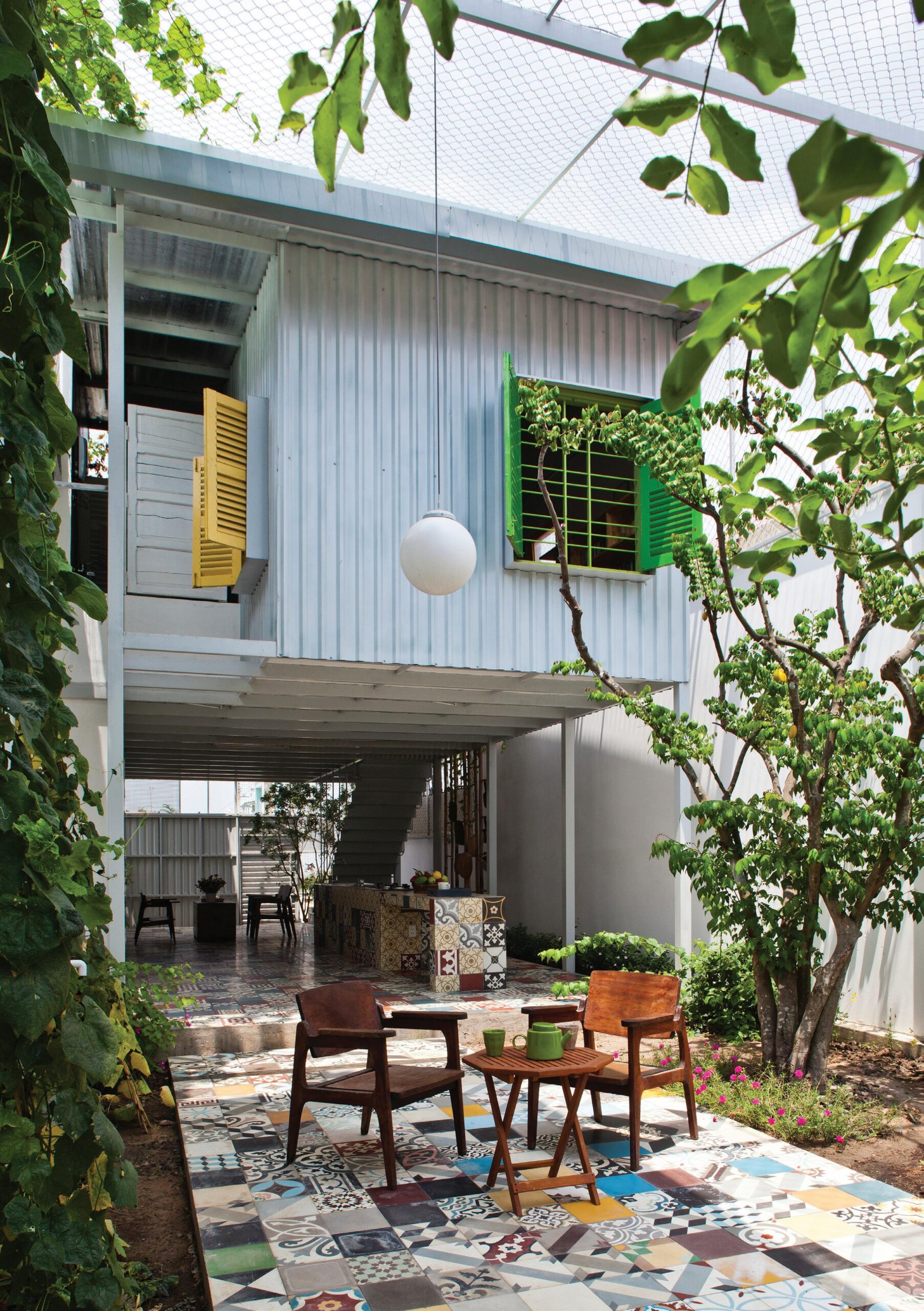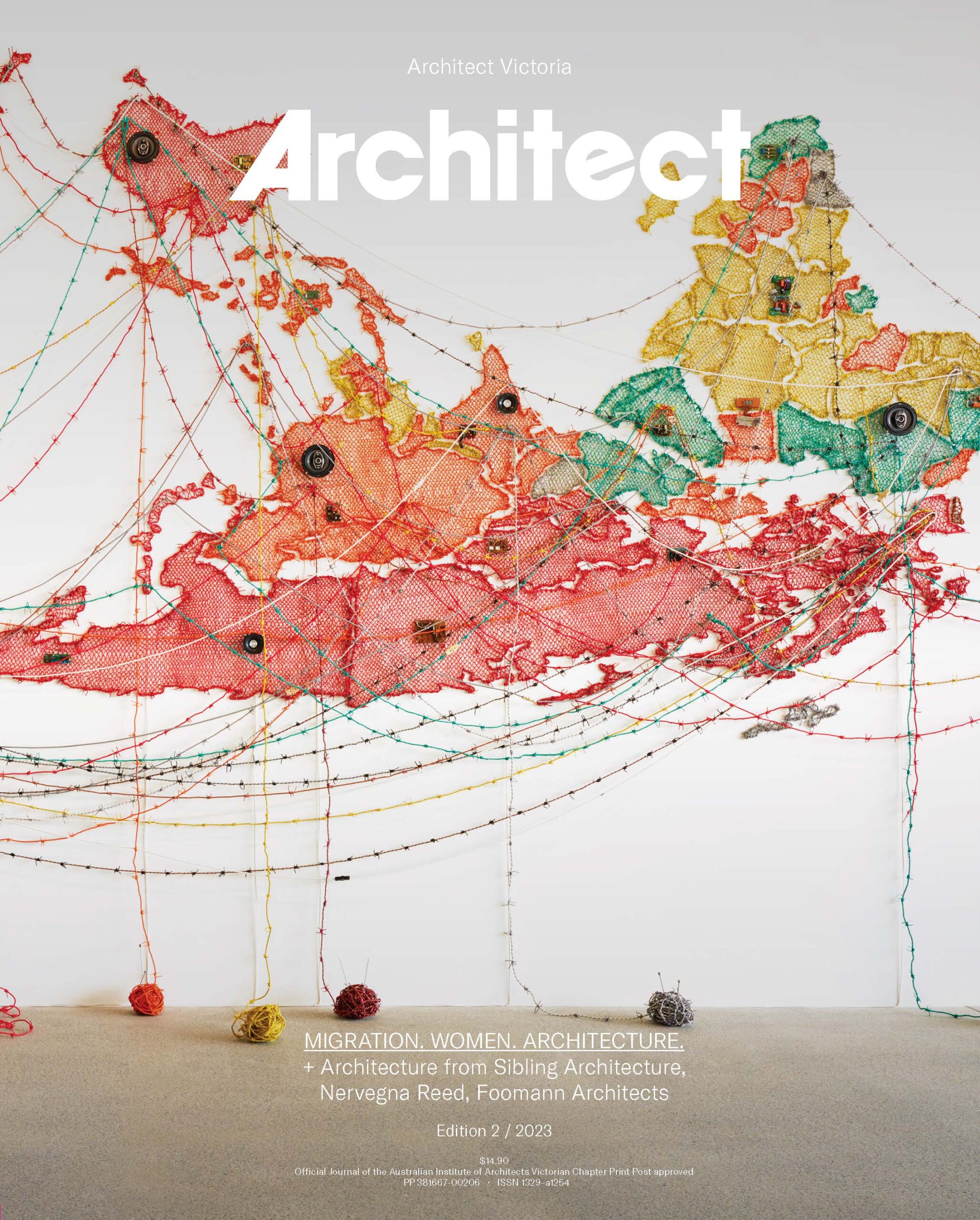Saigon + architect A21studio
Words by Khue Nguyen


Born in Saigon, I felt the education system in Vietnam would limit my interests and ambitions, so at the age of 16 I moved to the US, completed a Bachelor of Architecture, and worked there for several years. Once conservative policies, tension and turmoil began to affect my work life, and limit access to healthcare, I moved to Australia to pursue my Master of Architecture in 2019 and to be closer to family for visits back home.
Introducing my Saigon
The well-loved Melbourne laneways unexpectedly reminded me of home and the many hems (Vietnamese alleys) I frequented. Most vivid were those that connected my house to my grandma’s house via a fresh-food market. Travelling through these spaces as a child challenged my visual memory, every turn felt like a changing scene in a movie. Inevitably I would get lost. As a product of left-over spaces between buildings, the alleys are often without names and weave through every corner of the city. Without regulation, any mode of transportation that fits uses the hem: from pedestrians, cyclists, scooter riders to cars and trucks. They become popular shortcuts for commuters to escape peak-traffic hours and provide safer alternatives for kids to travel through.
Not too long before sunrise, the elderly would exercise and walk through the hems as local shops and street stalls opened. As morning settled in, the alleys would fill with students and workers making quick stops at food stalls for takeaway breakfasts. At mid-morning the laneways would be bustling with sale chants (where shop owners proclaim daily specials), chattering and bargaining; the best time for grocery shopping while produce is fresh.
By mid-afternoon, produce stalls would leave, shop fronts would close, and the hems took their first break of the day, perfectly coordinated with Vietnamese people’s post-lunch nap during Saigon’s hottest part of the day. The hem at dusk was the most enjoyable, where families would reunite after a long day. Cool breezes and fading daylight replaced the intense heat creating perfect conditions for gathering outdoors. Larger hems would fill with people playing badminton, street soccer or setting up chess tables. Smaller hems would have people sitting at their doorsteps watching passers-by or conversing with neighbours. After dinner, hems would be lit by dim streetlamps, and the quiet sounds of television could be heard from different households.
These nameless alleys have contributed greatly to my perception of placemaking through architecture and the spaces within, around and between them.

Introducing architect A21studio
A21studio is a small architectural practice in Saigon. Their work challenges the typical urban residence which is often detached from the Vietnamese lifestyle and climate. The interstitial spaces of The Nest by A21studio act as extensions to the living space; rooms expand or compress as needed by interacting with adjacent outdoor spaces. In the Saigon house, voids carved within the building form, metal screens on the facade and roof, link a series of porous living spaces. This fluidity replicates the qualities of the hem, where space is formed between physical masses (in this case walls and floors) and is flexible to users’ needs and weather conditions.
In contrast to typical Vietnamese homes which are fully sheltered from the outdoors, these designs embrace the climate by inviting light, rain, and wind to permeate the living spaces. Whether peak summer heat or tropical rainstorm, the weather is always present in the hem and people are protected just enough to carry on daily activities. I remember sitting on plastic stools next to classmates under umbrellas slurping fresh warm hu tieu (rice-noodle soup) as streams of water trickled below our feet during a heavy downpour. Similar to hems, A21 studio’s Saigon house also facilitates activities and memories that are entwined with the weather.
Spaces in these two houses are connected across multiple axes facilitating incidental interaction. This allows activities to be viewed on the floor below and occupants to participate in a conversation across the house or retreat into a quiet nook when needed. Similar to the home’s plan, hems may appear random, disorganised, and chaotic with traffic. In fact, they sustain and reflect Vietnamese lifestyles, which rely heavily on daily social interaction to maintain and strengthen relationships and communities.
Khue Nguyen RAIA Grad. is a graduate of architecture at Denton Corker Marshall.




